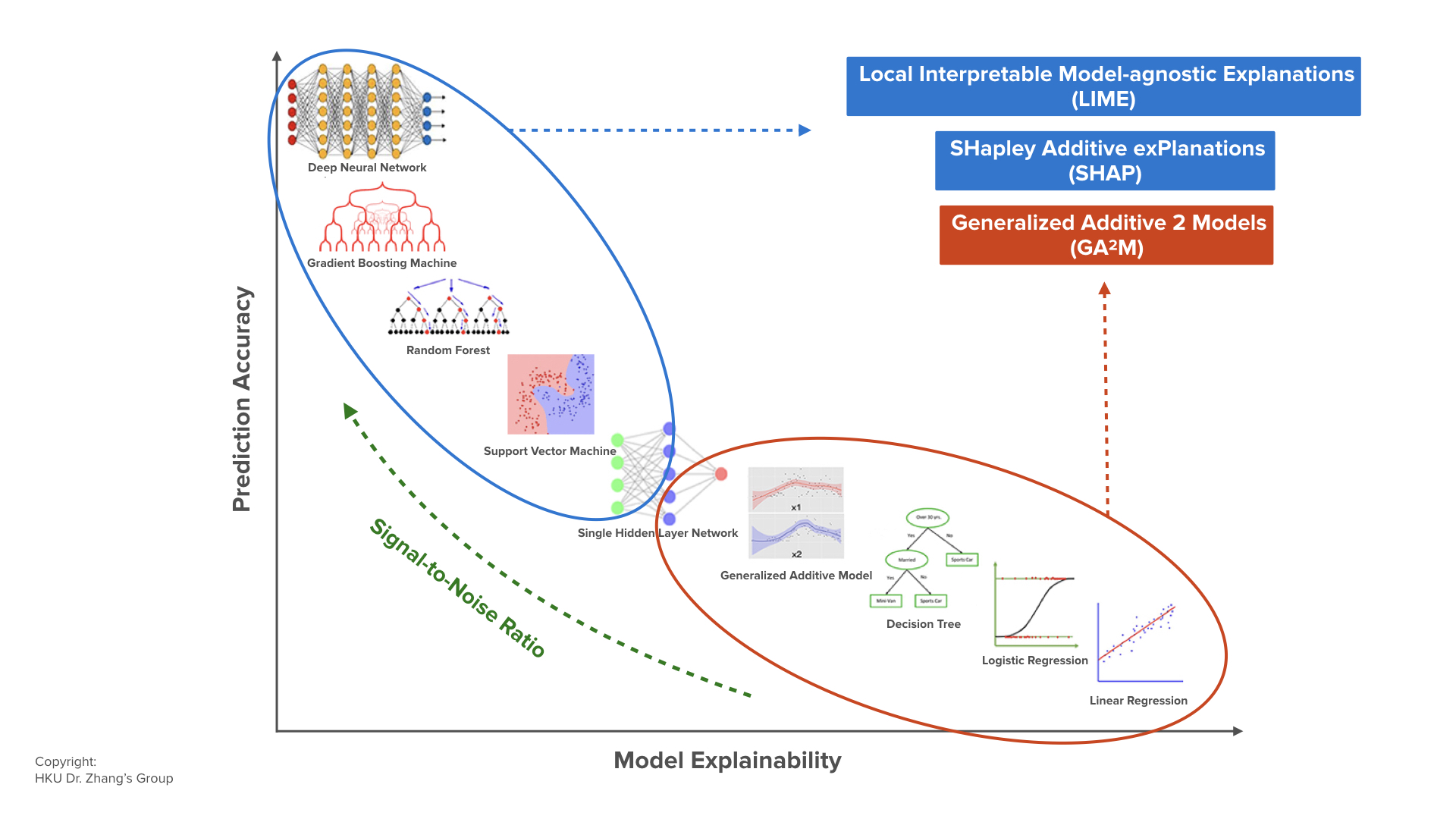This post first appeared in the a16z enterprise newsletter. Subscribe to stay on top of the latest tech and trends.
IN THIS ISSUE
- David Ulevitch on how developer paradigms can improve software across org functions
- Superhuman Founder Rahul Vohra on 7 product design principles
- 3 big questions for the future of AI
- Martin Casado and Joel de la Garza on encryption backdoor policy
We’re Going to Work Like Developers (Without Learning to Code)
David UlevitchIn the time it takes me to find the tongs, a professional chef has likely plated three orders. Why? A real chef has optimized their workspace through its mise en place. The same way that a chef has mastered the kitchen, developers have mastered digital workspaces. They have revision control systems, fuzzy search, command lines, log files, and other tools that make them power users.
The future of enterprise software will take these developer paradigms and apply them to other parts of the organization. Already, we see software that has added command lines so it is more efficient to use; software that turns user data and log files into performance recommendations; and even software that applies the revision control system to HR for a timeline of organizational changes, the ability to model those changes, and greater transparency into promotion and pay equity.
For more on how “The Developer’s Way” is spreading to the rest of the enterprise, here’s my talk from the a16z Summit.
How Superhuman Became, Well, Super Human — 7 Principles to Design Products Like Games
Imagine you’re playing a game like “Street Fighter.” It would be incredibly frustrating if the game ignored half your inputs, and your character flopped around, and then you died. But that is the status quo for business software today. We’ve tried to improve software with “gamification,” but it doesn’t work because it relies on external rewards. And for work to be meaningful, for work to feel like play, it has to speak to something deeper in its users.
Enter game design. At Superhuman, we have come up with a set of 7 principles for designing software so it plays like a game and users achieve a flow state in their work.
- Create concrete, achievable, and rewarding goals.
- Design for nuanced emotion.
- Create rapid and robust controls.
- Make fun toys, and combine them into games.
- Make the next action obvious.
- Give clear and immediate feedback with no distraction.
- Balance high perceived skill with high perceived challenge.
To learn how to apply these principles, watch my talk from a16z Summit.
Harnessing AI — Transparency, Control, and Regulation
a16z editorialTransparency: how do we understand how AI makes decisions as the underlying models become more complex? “Explainable AI” is the buzzy phrase for a field that tries to open the “black box” of AI, especially in use cases that may have disparate impact (e.g., credit underwriting). But, as Dr. Harry Shum, Head of Microsoft AI and Research explains, the more accurate an AI’s predictions, the more difficult the model is to explain. So, what’s happening in the field?
Control: how do we design AI systems so we can control AI — and eventually AGI — when it’s “smarter” than we are? “You’d rather have the butler, than the genie in the lamp” when it comes to controlling AI, observes Stuart Russell, the Founder of the Center for Human-Compatible Artificial Intelligence (CHAI) at UC Berkeley in a recent podcast.
Regulation: how do governments compete in the AI arms race? In much the same way Korea exports “K-Pop” music to foreign countries, open source infrastructure is a form of technological “soft power”. On our news show 16 Minutes, operating partner Frank Chen breaks down the White House’s latest guidance on AI regulation, as well as recent controls limiting AI software exports.
Law Enforcement Access Shouldn’t Mean Weaker Encryption
Martin Casado, Joel de la GarzaMuch like the swallows returning to Capistrano, encryption backdoors are back in the news — from Apple fighting the FBI (again!) to recent ultimatums from Congress for tech companies to figure out backdoor or other access for law enforcement… or “we will impose our will on you” through legislation. But what if we are all having the wrong debate altogether? We break down the conversation we really should be having, in this podcast discussion — and in less than 15 minutes.






